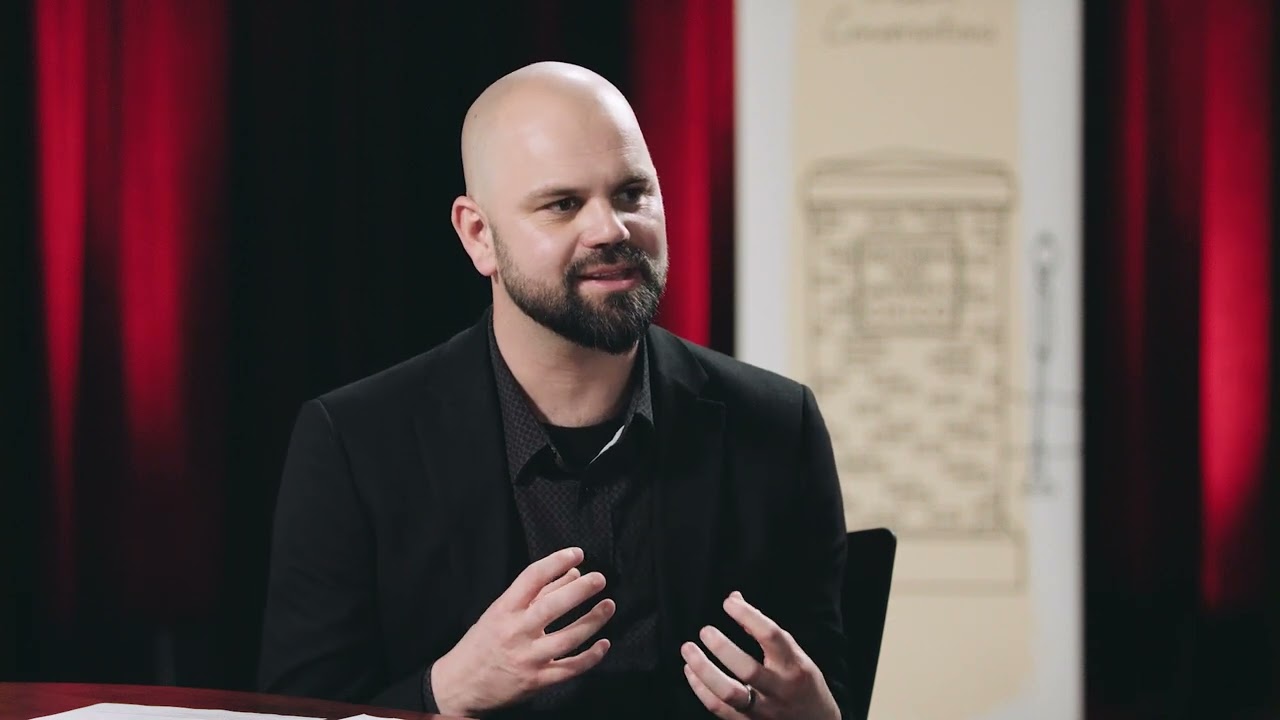A research team of neuroscientists and bioengineers from the Anschutz Medical Campus at the University of Colorado have developed a miniature microscope that can peer deeper into a living brain than any previously utilized technology. The microscope uses a fiber-optic cord that can be inserted into a targeted area of the brain so researchers can see high-resolution, 3d images of the brain’s functioning in real-time. Developers of the microscope claim that “the lens allows a rapid shifting of focus by applying electricity across two different liquids, which actually changes the curvature of [the] lens.”
The senior author of the study from CU Anschutz, Professor Emily Gibson, says the new imaging process will allow neurologists to measure and sample up to 100 neurons at a time, which is about 10 times more than is possible with current imaging tools. There is hope that this new microscope will help with Parkinson’s research, diagnoses of brain tumors, the study of pharmaceuticals targeted to specific brain sections, and with exploring the connections needed for controlling prosthetic limbs with neural activity.
Read the report from the Newsroom at the University of Colorado (Denver) by clicking here.
Read the publication in Optics Letters by clicking here.






